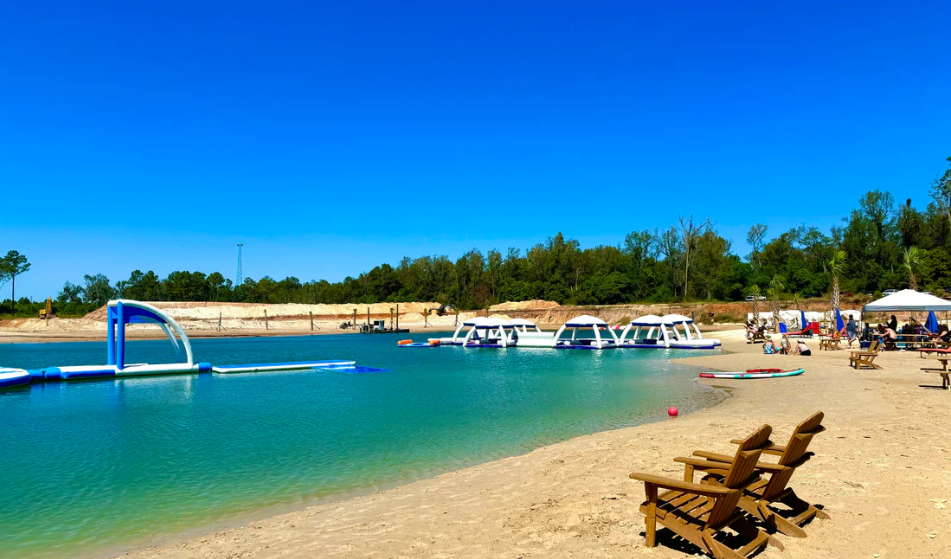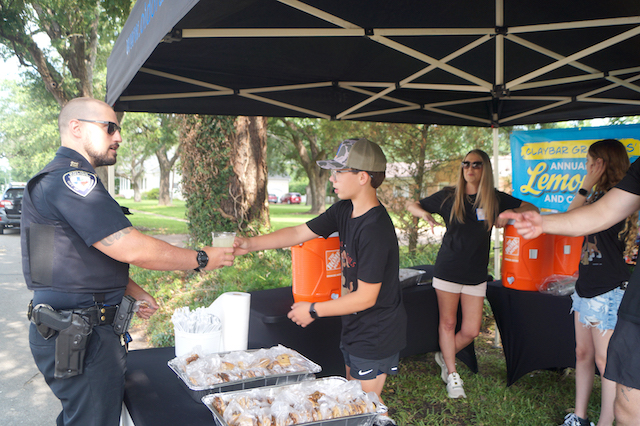MASTER GARDENER — Enjoy Native and Perennial Plants
Published 12:18 am Wednesday, March 23, 2022

- Native plants that grow well in the local climate include the Black-eyed Susan (pictured).
|
Getting your Trinity Audio player ready...
|
Previously, I have spoken about selecting the right plant for the right spot in your garden, flower bed or yard.
Today we’re going to talk about native and perennial plants. Many times, people get them confused and often consider them to be the same, but this is not always the case.
You can have plants which are native but are not perennials but also have native plants which are perennials. Let me try to explain this confusion.
The American Horticultural Society defines a perennial plant as “any plant which lives for more than two years and normally flowers yearly.”
Initially, this explanation sounds quite simple, but this meaning could apply to many plants, such as trees, shrubs, bulbs, succulents and many, many others, which are not classified as perennials!
Most gardeners understand woody plants are excluded, even though there are some plants, i.e., salvias that have bases that become woody in mild climates like ours.
If salvias are grown further north, they would need to be cut back in colder temperatures. Climate has an enormous influence on if a plant will be an annual or perennial.
For example, if a plant is normally considered a perennial but located to an area with extreme temperatures (hot summers or cold winters), it can revert to become an annual.
The Native Plant Society of Texas defines native plants as “drought-tolerant, naturally conserving our precious water resources and that they provide habitat and food for birds, butterflies, bees and other wildlife.”
“Native plants do not require special accommodations, pampering or fertilizing.”
“They are natural to their eco-system, and they help us maintain biological diversity.”
The Native Plant Society of Texas utilizes the U.S. Department of Agricultures (USDA) definition of “native plant.” The USDA states it “is a plant that lives or grows naturally in a particular region without direct or indirect human intervention.”
Someone defined native plants as a species that has inhabited a particular region for one thousand years. I would certainly say yes, that is native!
The definition also goes further to describe “naturalized” plants, as those “plants that were introduced long ago, but are now thriving and spreading without human intervention.”
Take the Chinese tallow and Japanese honeysuckle both of which are aggressive naturalized plants and are detrimental to the health of native species. They are classified as “invasive exotics” and noxious weeds.
Now that perennials and natives have been defined let me provide you some native and perennials you might like to grow in your gardens.
Please don’t take this to mean go out and dig up native plants from their natural habitat! Instead look to your local garden centers, or ask family, friends and neighbors.
You will be surprised what you will find by asking around and many people are gladly willing to share.
Native plants which grow well in our local climate – Black-eyed Susan, Butterfly Weed (Milkweed), Cardinal Flower, Coneflower, Coreopsis, Guara, Gulf Coast Penstemon, Rudbeckia, Greggi Salvia, Texas Mountain Laurel, Wax Myrtle, American Beauty Berry, Carolina Jessamine, Coral Honeysuckle (not invasive) and Crossvine.
Perennial plants which grow well in southeast Texas – Alternanthera, Purple Aster, Bronze Leaf Begonia, Brazilian Bachelor Button, Cat Whiskers, Columbine, Epidendrum, Asparagus Fern, Foxtail Fern, Boston Fern, Southern Wood Fern, Firecracker Plant, Firespike, Gaillardia, Gayfeather, Gazania, Lantana, Ligularia, Mexican Heather, Mexican Mint Marigold, Nana Coreopsis, Porterweed, Sages (many varieties available), Salvias (many varieties available), Shasta Daisy, Verbena (many varieties available) and Yarrow.
There is another category of plants I did not mention, and we have in Texas only, known as Texas Superstar plants. Texas Superstar go through a rigorous testing before they are deemed a Texas Superstar plant.
They are tested at multiple locations within Texas in replicated plots for a 5-year period. During this time the plants are graded on their performance by competent horticulturists who understand the importance of landscape and marketability.
At the end of the trial period, they are graded one last time and if the plant produces sufficient numbers during the trial period, they are granted Texas Superstar status. This means they can stand up to any kind of beating Texas weather has to give them wherever they are planted.
One of the plants you may be familiar with the infamous Texas Bluebonnet. Other Texas Superstar plants are Angelonia (Serena series), Duranta, Firebush, Flare Hibiscus, New Gold Lantana, Laura Bush Petunia, Moy Grande Hibiscus, Turks Cap, Plumbago, Pride of Barbados and Vitex.
By John Green. For more information or to have all your gardening questions answered, contact the Orange County Master Gardeners: Website: https://txmg.org/orange Facebook: Orange County Texas Master Gardeners Association Helpline: (409) 882-7010 Email: extension@co.orange.tx.us.






